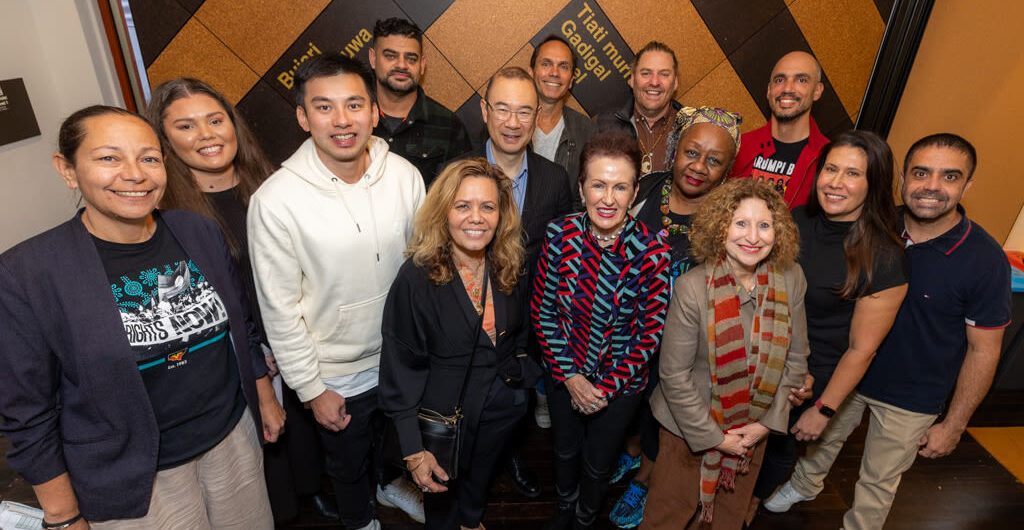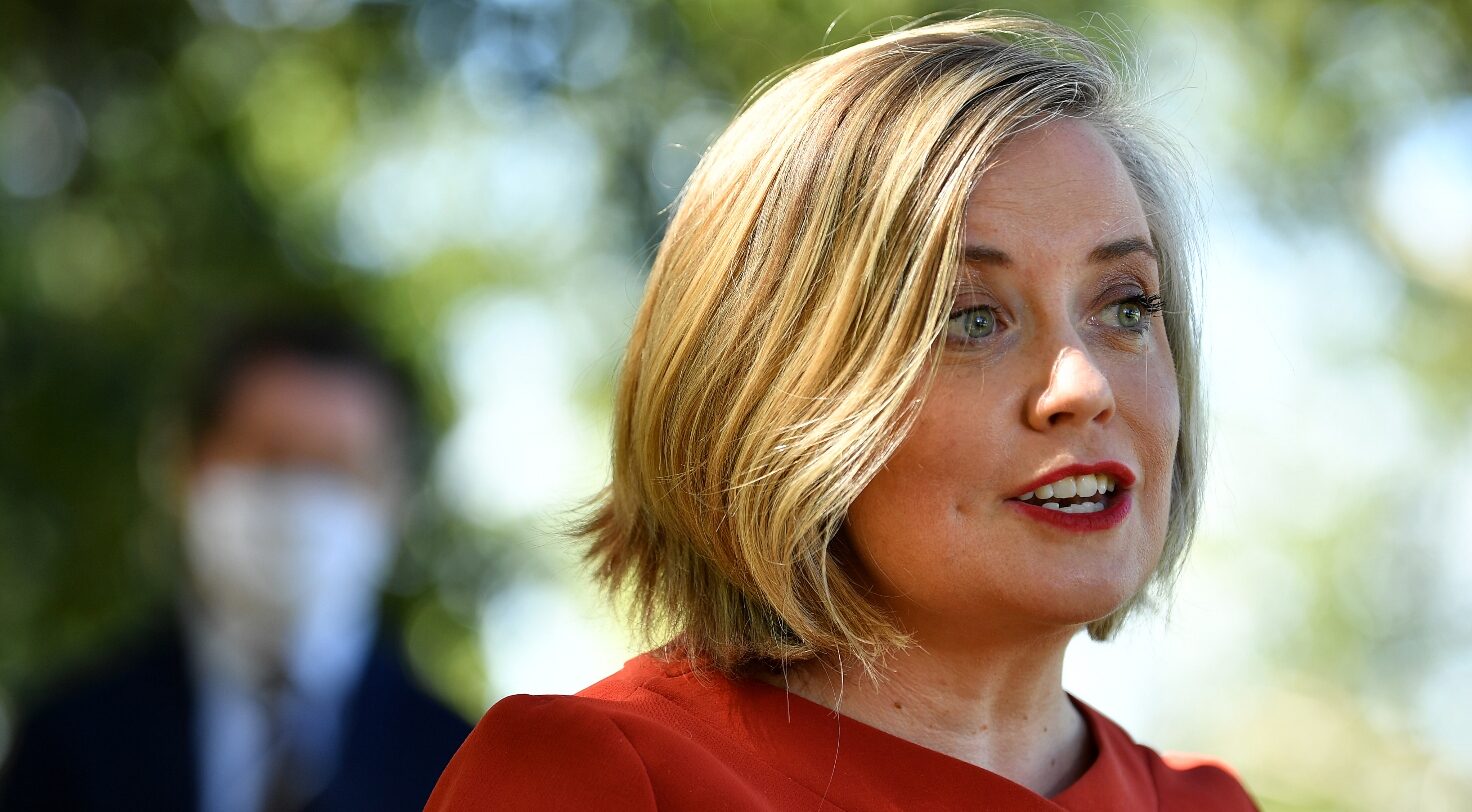
Clover cuts towering redevelopment down to size
The argument over the redevelopment of St Vincent’s Hospital in Darlinghurst has stepped up a gear, with the City of Sydney submitting an alternative plan. But St Vincent’s has disputed the feasibility of proposals, and says it has taken community concerns about resident amenity into account.
As reported in City News two weeks ago, the proposed project includes plans for a cancer research centre which would dramatically reduce the turnaround time for scientific developments to be translated into treatments for patients. It also contains provisions for a virology centre for the University of NSW.
But Sydney Lord Mayor Clover Moore said the UNSW Virology Centre could be located on the university’s Kensington campus. “As the Virology Centre is a research centre, it does not need to be located within the hospital precinct on the same site as the cancer centre,” she said.
According to the City of Sydney, this solution would allow the cancer centre to operate in the two proposed buildings, which could be scaled down to fit better with the existing streetscape. Such an outcome, Cr Moore said, would successfully accommodate both the cancer and virology centres, without significantly impacting residents’ amenity or destroying the streetscape.
But a spokesperson for St Vincent’s said it was “critical” the research premises were co-located. “[The City’s plan is] not feasible with what we’re doing – it’s not consistent with the whole approach of translational research,” he said. “Virology is still translational research – there are definitely translational research projects which are critical to be housed on a hospital campus.”
He added that, although the City’s proposal was based on the original 2005 masterplan developed by the hospital, requirements had evolved since that time. “Things are quite significantly different now,” he said. “That [proposal] was a non-statutory masterplan, a concept plan that specifically stipulated our needs in 2005. The concept to co-locate clinicians and researchers came into existence in 2007 after a study tour.”









